READY TO GET STARTED?
REQUEST A FREE ESTIMATE
Fill out the form below or call (888) 466-7849 for a free, no-obligation estimate.
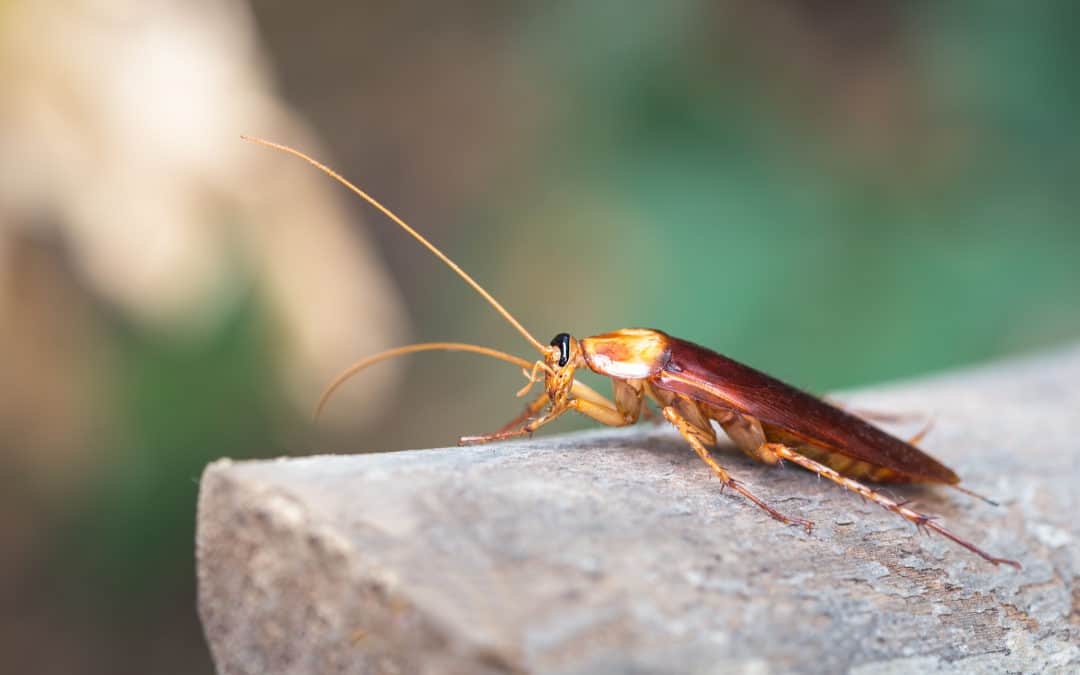
To most homeowners, cockroaches are all the same. They can sneak into homes, contaminate food, and be a nuisance to your entire household. While we tend to lump all cockroaches into one category, it’s essential to recognize that there are many different species of roaches around the world. Cockroach control methods depend on which species you are dealing with. Two popular roaches in southeastern states that get easily confused with one another are the Oriental cockroach and the American cockroach.
The oriental cockroach is a common species in the South. With a glossy body and cherry to black coloring, these roaches measure 1 to 1.25 inches in length. While they can cohabitate with American roaches, they usually prefer the outdoors rather than the indoors. Oriental roaches cannot live without water for more than two weeks, which means they are on a constant search for both a water and a food source. They often feed on decaying organic matter, starchy foods, and garbage.
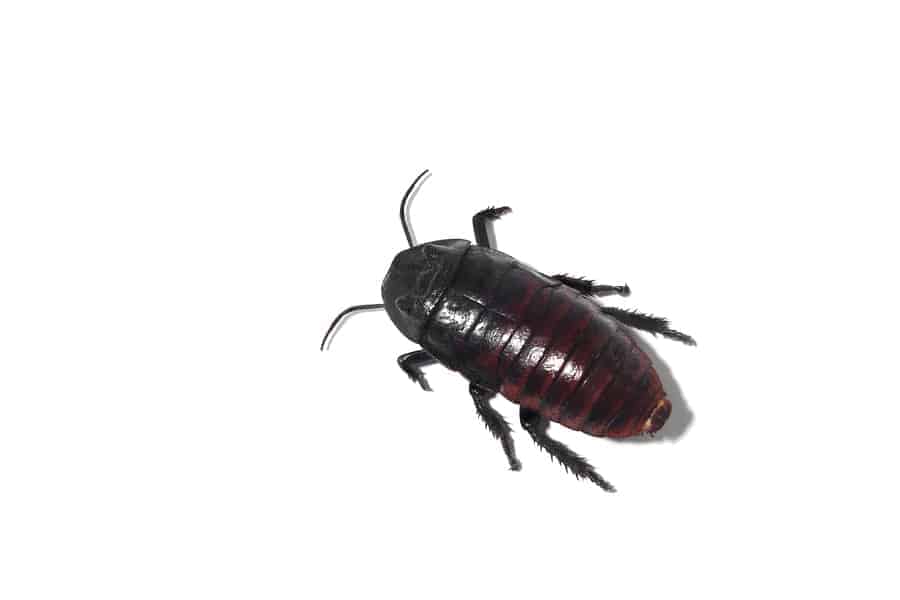
The American cockroach is quite a common species, especially in the state of Georgia. These roaches are chestnut to light brown color with a light-yellow band around the back of their head. Adults can get up to 2 inches in length and can live up to two years! Like the oriental cockroach, American roaches are in constant search of a water source and you will often find them near pipes, sewers, and basements. While they will feed on most foods, they particularly like fermenting material such as small insects, fungi, and algae. If they find themselves indoors, they will eat any crumbs or food found in appliances, kitchen cabinets, and floors.

Prevention is the key to keeping these pests from entering your house. Help prevent cockroaches by using these tips:
– Thoroughly clean your home each week.
– Store all food in tightly sealed containers.
– Clean up yard debris such as leaves or fallen tree limbs.
– Don’t let shrubs, trees, or woodpiles touch your home.
– Don’t forget to clean under forgotten spaces such as under the fridge, stove, and inside cabinets.
If you’ve done all the preparation you can but are still seeing roaches, consider contacting your local pest control company where they will help identify the roach, eliminate them, and keep them from coming back.
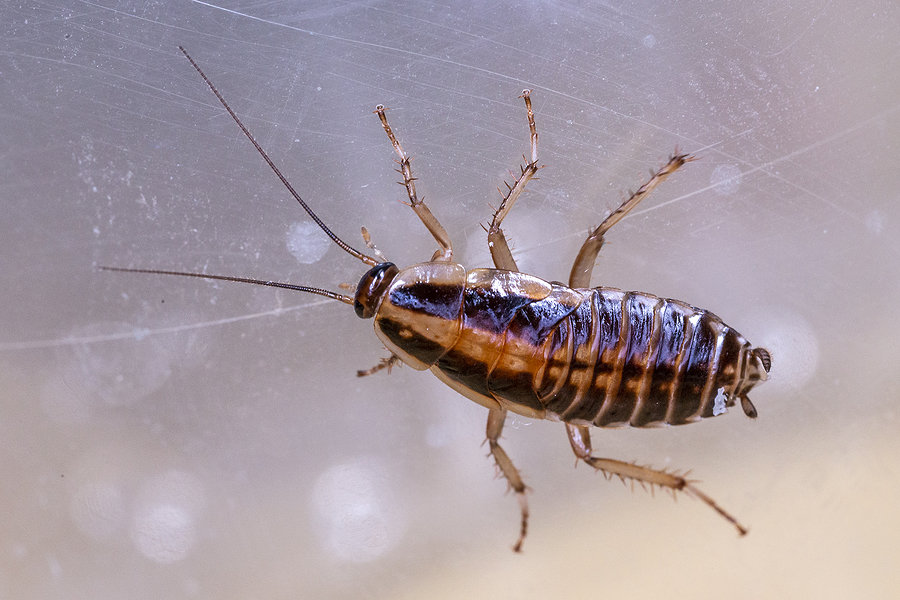
German roaches are the most common species of cockroach worldwide. They can be found infesting just about anywhere that humans occupy. How do you know if you have German cockroaches? What do they look like? Are these roaches dangerous to humans? Get the answers to these questions and more with our 411 on German cockroaches.
German roaches are flat and oval-shaped with 6 legs and a pair of antennae. They are smaller than other species of cockroaches, measuring between 1/2″ and 5/8″ in length. They are light brown to tan in color with 2 dark parallel stripes on their backs, just behind their heads. Females are darker than males. This species has wings but rarely fly; they prefer to run instead.
German cockroaches are an indoor pest, preferring warm, humid environments. They prefer temperatures between 85 and 95 degrees Fahrenheit with 90 to 95% humidity. They make their way indoors by hitchhiking on grocery bags, cardboard boxes, and used appliances. They are often found above refrigerators or other heat producing appliances, under sinks, and around water pipes in kitchens and bathrooms so they can be near food and water sources. They are found throughout the United States.
German roaches will eat almost anything. This includes soap, glue, toothpaste, food crumbs, and bindings of books.
German cockroaches have been linked to disease transmission in humans. As they crawl across fecal matter and other areas, they pick up germs on the spines of their legs and then transfer them to food and other surfaces. It has been proven that German cockroaches spread 33 different bacteria, 6 parasitic worms, and 7 other human pathogens. Their saliva, droppings, and even their dead bodies have proteins that can trigger allergies and increase asthma symptoms, especially in children.
If you spot one German roach in your home, it is highly likely that there are many more hiding in cracks and crevices. Females can lay up to 40 eggs at a time which then mature within about 2 months. The female carries the egg case for up to a month and drops it right before it hatches. They can breed up to 6 generations per year. Adult German roaches can live up to 200 days. This quick reproductive rate combined with their lack of natural predators makes a German cockroach infestation difficult to control.
German cockroaches aggregate in groups when they infest your home. You are likely to find their droppings in areas that they frequent. These droppings appear as small, dark, pepper-like material that is often found on counters and in drawers. Their feces can also stain, leaving dark spots and smears in the corners of rooms, along the tops of doors, and around small cracks and openings in walls. When these roaches infest in large numbers, they can also give off a mild, musty odor.
The first step in preventing a german cockroach infestation is practicing good hygiene. Keep your kitchen and bathroom clean, cleaning up crumbs and spills quickly. Sweep, mop, and vacuum often. Don’t leave any dirty dishes in the sink. Don’t leave pet food and water bowls out overnight. Seal all the openings in the exterior of your home, especially around utility pipes. Ventilate or consider enclosing your crawlspace.
If you suspect you have a cockroach infestation of any species, contact a professional pest control company who can provide you with an in-depth inspection and set you up with an appropriate treatment and prevention plan.
What You Can Expect from Lawn Care Service
What You Need to Know About Millipede Control
Watch out for the Stinging Pests!
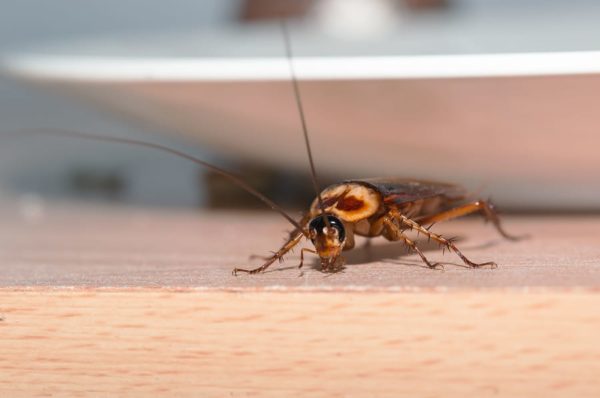
Cockroaches have been around for over 300 million years – even longer than the dinosaurs! These pests are resilient and adaptive with odd behaviors and survival tactics which have helped them survive for so long. While most homeowners are aware of the health risks associated with roaches, including allergies, asthma, and the spread of germs and bacteria, there are lots of interesting facts about cockroaches you might not realize. Here are 7 things you might not know about cockroaches.
Cockroaches are one of the most highly adaptable pests on earth which makes them extremely difficult to control or eliminate. To prevent cockroaches keep food sealed and stored properly; clean your kitchen daily; don’t leave food or pet food out overnight; dispose of garbage regularly and use cans with sealing and locking lids; identify any small cracks or holes around your home and seal them; and make sure basements and crawlspaces are kept dry and well ventilated. If you suspect you have a cockroach infestation, contact a professional pest control company who can provide you with a thorough evaluation and appropriate treatment and prevention plan.
How Much Does A Mosquito Treatment Cost?
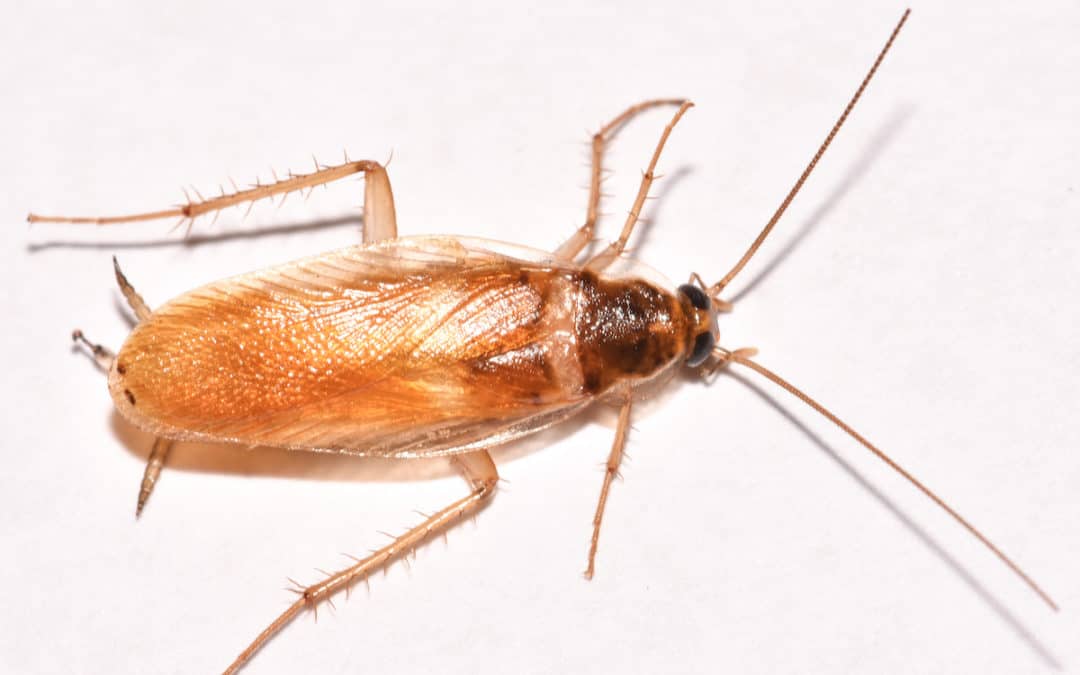
While they aren’t one of the most common cockroach species that are talked about, the brown banded cockroach (Supella longipalpa) can cause problematic infestations like their German and American counterparts. These roaches are one of the smallest species of invasive cockroaches with adults reaching lengths of about 11 to 14 mm. They are found throughout the United States. Brown banded cockroaches are named because of the light brown or tan double bands found on their bodies. These bands are found on the wings of adults and the bodies of the young. They are often confused with German cockroaches.
What attracts cockroaches is pretty simple: food, shelter, and water. These cockroaches need warm temperatures to survive and will often make their way into your home in search of food and shelter. They most often hitch a ride inside on infested furniture (where they often leave their egg casings), grocery items, deliveries, food products, and electronics. Once inside, they are commonly found in living areas where they have access to food supplies and hiding places. They tend to stay in drier locations that are at higher elevations, such as the upper cabinets in kitchens and bathrooms.
When you spot a cockroach in the house one of the first questions people ask is “are cockroaches dangerous?” The answer to that is yes, they can be. Brown banded roaches will feed on anything from trash and food crumbs to nylon stockings and glue. They are known to carry and spread 33 different bacteria, 6 different parasitic worms, and 7 kinds of human pathogens. They pick up these germs on the spines of their legs and bodies and spread them to any surface they touch. They are also known to trigger allergies and asthma in humans.
Once roaches have taken up residence in your home they can proliferate rapidly. They can be quite difficult to eliminate once they are there. The best way to handle roaches of any species is to prevent them from getting indoors in the first place. Check out these cockroach prevention tips:
Cockroaches: A Possible Allergy Trigger
Why Are Mosquitoes Inside My Home?
Mouse vs Rat: Can You Spot The Difference?

Apartment living often comes with its own pest control challenges. Here are 5 ways you prevent pests from entering or infesting your apartment.
Pests will continue to thrive in areas where food is readily available (especially roaches and ants, common in apartment buildings). Store food in sealed containers, clear dirty dishes, keep counters, appliances, and floors clean, and take out garbage daily.
Like food, most common household pests need moisture to survive. Routinely check for leaks around your home and notify management so they can correct any issues.
Some pests, like spiders, like to hide it dark, undisturbed areas. Eliminating clutter reduces pest harborage sites and prevent reproduction. Keep pantries, cabinets and closets organized, avoid accumulating piles of clothing by using baskets and hampers, and remove any magazines, newspapers, stacks of paper, and boxes from your home when you’re done with them.
If you see gaps, holes, or cracks around windows, doors, or plumbing pipes, contact management to repair them. These make excellent entry points for pests.
Even if you’re taking all of the preventative measures above, you may still see pests in your apartment since your home’s walls are shared with other residents. Request pest control from management; most likely they have an exterminator on call that services the community. It’s also a good idea to have the apartment homes around you treated to ensure the pests don’t move to a nearby location.